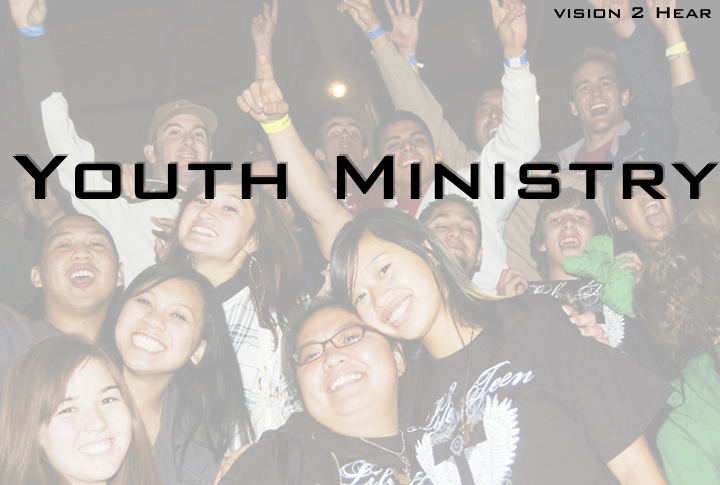Is Warning Teens About Dangerous Stunts Effective: Rachel Blom
By Rachel Blom
Just today I read an article about the so-called ‘cinnamon challenge’, where teens have to swallow a spoonful of ground cinnamon without water. It’s becoming a bit of a trend, with many YouTube videos more or less promoting it. Doctors are warning about the dangers though, which include breathing problems and even the risk of a collapsed lung.
As a youth worker, my first reaction to news like this is: I have to discuss this with my teens, I have to warn them about the dangers of this cinnamon challenge to make sure they never participate in it. But you have to wonder: is warning teens about dangerous stunts effective?
Research shows it is, when you warn them the right way.
We all know that teenage brains aren’t fully grown yet. That doesn’t mean teens can’t calculate the risks of their actions though. As a matter of fact, teens tend to overestimate the risks of their actions compared to adults.
The big difference between teens and adults however is that teens have far more tolerance for the unknown and for unknown risks. Research shows that when the risks are known, teens take fewer risks than adults, but when the risks aren’t clear, teens will go for the new experience despite a general risk.
A second difference is that for teens the ‘rewards’ weigh completely different than for adults. Especially young teens have trouble weighing the risks against the rewards, because they value new experiences and the thrill (meaning dopamine release) so much.
It is effective therefore to warn teens about the risks of dangerous behavior, for instance this cinnamon challenge, or other trends that have come along. But this warning is only effective when the risks are clearly communicated in terms teens can understand. Statistics don’t mean anything to them, but a personal story of a teen who experienced first hand the negative outcome of a stunt will have way more impact.
Also, talking about the ‘reward’ in comparison to the risks will help teens make a good decision. What do they expect to get from a stunt like that, what will it bring them? And is that worth the risks that are now known to them? In my experience, asking teens these questions instead of telling them it’s not worth is makes for better and therefore more effective conversations.
Sources:
Zalavitz, M., ’Why the teenage brain is draw to risks’, CNN Time http://edition.cnn.com/2012/10/08/health/time-teen-brain-risk/index.html
Dobbs, D., Teenage brains, National Geographic http://ngm.nationalgeographic.com/2011/10/teenage-brains/dobbs-text/1
Bio:
Rachel Blom is a veteran youth worker, an avid blogger and an author. She’s American at heart, Dutch of nationality, but currently residing in the south of Germany with her family. You can find her on Twitter, Google+ and of course on her blog Youth Leaders Academy.






